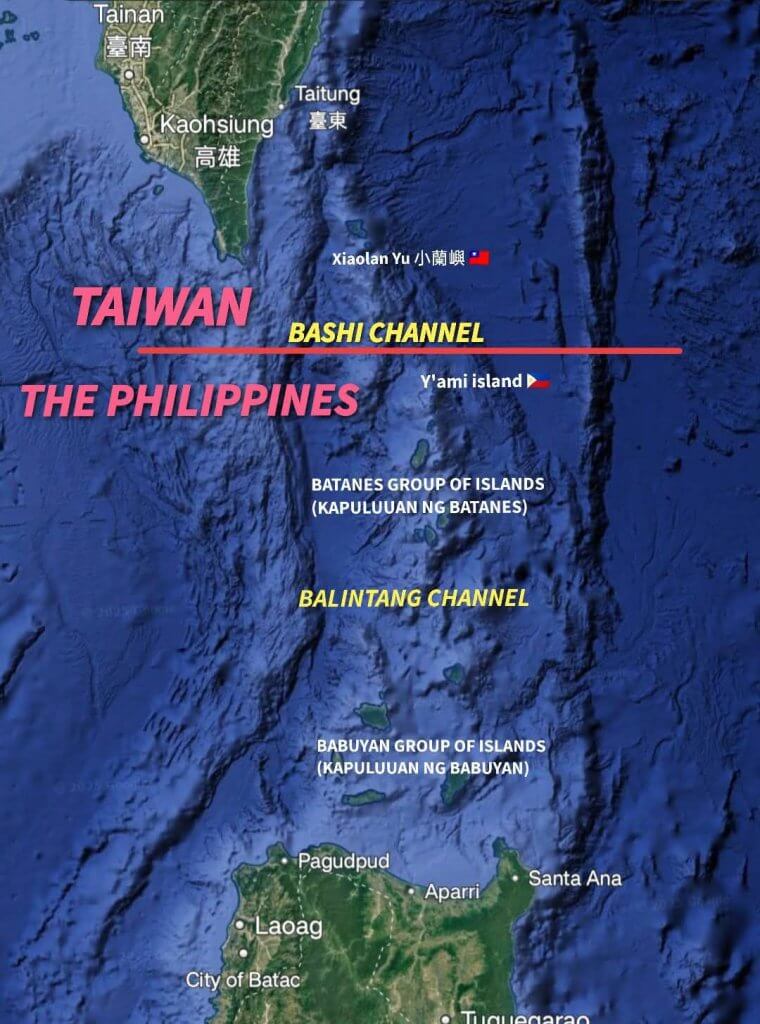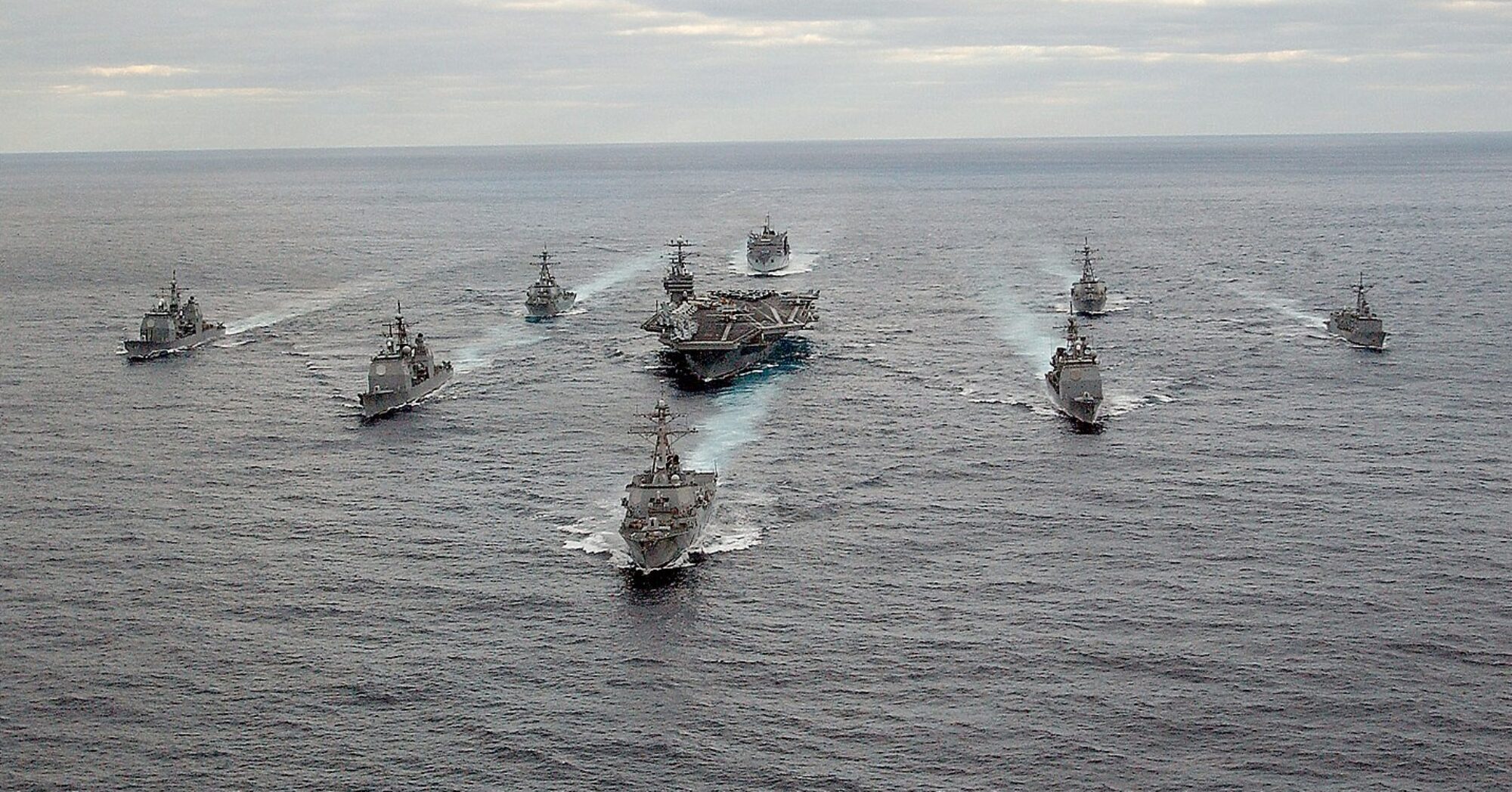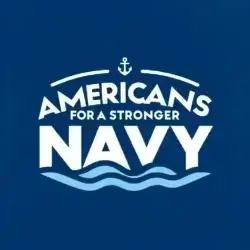
Introduction
Over the last few months, we’ve reported on a series of developments that highlight the rising stakes in the Indo-Pacific:
- China’s destruction of the environment at Scarborough Shoal
- The revival of Subic Bay in the Philippines as a center of allied shipbuilding and logistics
- The British carrier HMS Prince of Wales sailing through the South China Sea alongside U.S. partners .
Each of these stories pointed to a contest for control of the waterways, ports, and infrastructure that sustain both military power and the global economy.
Today, we turn to the Bashi Channel—a narrow strip of water between southern Taiwan and the northern Philippines that may be the least known, but most decisive, chokepoint in the region. If Scarborough Shoal shows us the contest over reefs and fishing rights, and Subic Bay demonstrates the value of allied ports, the Bashi Channel reveals why geography itself remains the ultimate factor in global power.
A Geography Lesson with Global Stakes
The Bashi Channel is less than 90 miles wide. Yet it connects Taiwan’s largest port, Kaohsiung—which handles over 60% of the island’s cargo—with the Pacific Ocean. In an invasion scenario, China would rely on Kaohsiung as a logistics hub, while the United States and allies would race to resupply Taiwan through bases in the Philippines and Japan. That makes the Bashi not just a strait, but a lifeline.
Building on What We’ve Reported
- At Subic Bay ([read here][subic-link]), we saw how new shipyards and bases allow U.S. forces to operate closer to Taiwan. The Bashi Channel explains why: northern Luzon and the Batanes islands are the staging ground for resupply lines directly into Taiwan’s southern flank.
- At Scarborough Shoal ([read here][scarborough-link]), we documented China’s attempts to normalize control through coercion. The same pattern is at play here—Chinese live-fire drills in 2022 pushed further south, right into the Bashi, to test how far they can go without pushback.
- When the British carrier transited the South China Sea ([see coverage][carrier-link]), it demonstrated allied commitment to a free and open Indo-Pacific. The Bashi Channel is where that commitment will be tested in practice.
The Digital Dimension
As we’ve stressed in earlier posts, undersea cables are the invisible arteries of the modern world. Between 97% and 99% of all international data traffic travels through them, and the Bashi Channel is one of the most congested corridors. If cables here were cut, Americans would feel it instantly—in internet outages, stalled financial transactions, and disrupted supply chains. The stakes are no longer abstract; they’re personal.
Why Americans Should Care
The Bashi Channel matters for the same reasons Subic Bay and Scarborough Shoal matter: because adversaries see them as pressure points against America. A disruption here could raise prices at U.S. gas pumps, slow down the internet in our homes, and challenge the freedom of movement that underpins our prosperity. Ignoring this geography doesn’t make the threat go away—it just leaves us less prepared.
Implications for the Navy
For the U.S. Navy, this isn’t just about patrolling a waterway. It’s about ensuring freedom of movement for allies, safeguarding undersea cables, and keeping logistics flowing in the event of conflict. Ships, submarines, and surveillance aircraft operating in and around the Bashi Channel aren’t just defending Taiwan—they are defending the arteries of the global economy.
Implications for Our Allies
The Philippines, Japan, and Australia all depend on the Bashi Channel for security and trade. As we saw in Subic Bay’s revival, Manila’s choices are central to allied strategy. If political winds shift in the Philippines, America’s ability to project power and protect cables through the Bashi could be compromised. That makes alliances more than symbolic—they’re the difference between deterrence and vulnerability.
Conclusion
Scarborough Shoal, Subic Bay, and now the Bashi Channel all point to one truth: the contest in the Indo-Pacific is about control of the chokepoints that sustain trade, communication, and freedom itself. Geography cannot be changed, but strategy can. For generations to come, the Bashi Channel will remain a pivot in the U.S.–China confrontation.
That’s why we launched Charting the Course: Voices That Matter—a 24-part educational series breaking down how we got here, what went wrong, and what must happen next. Our goal is simple: educate the public, connect the dots, and build the support needed to close the readiness gap before it’s too late.
Let’s roll.

